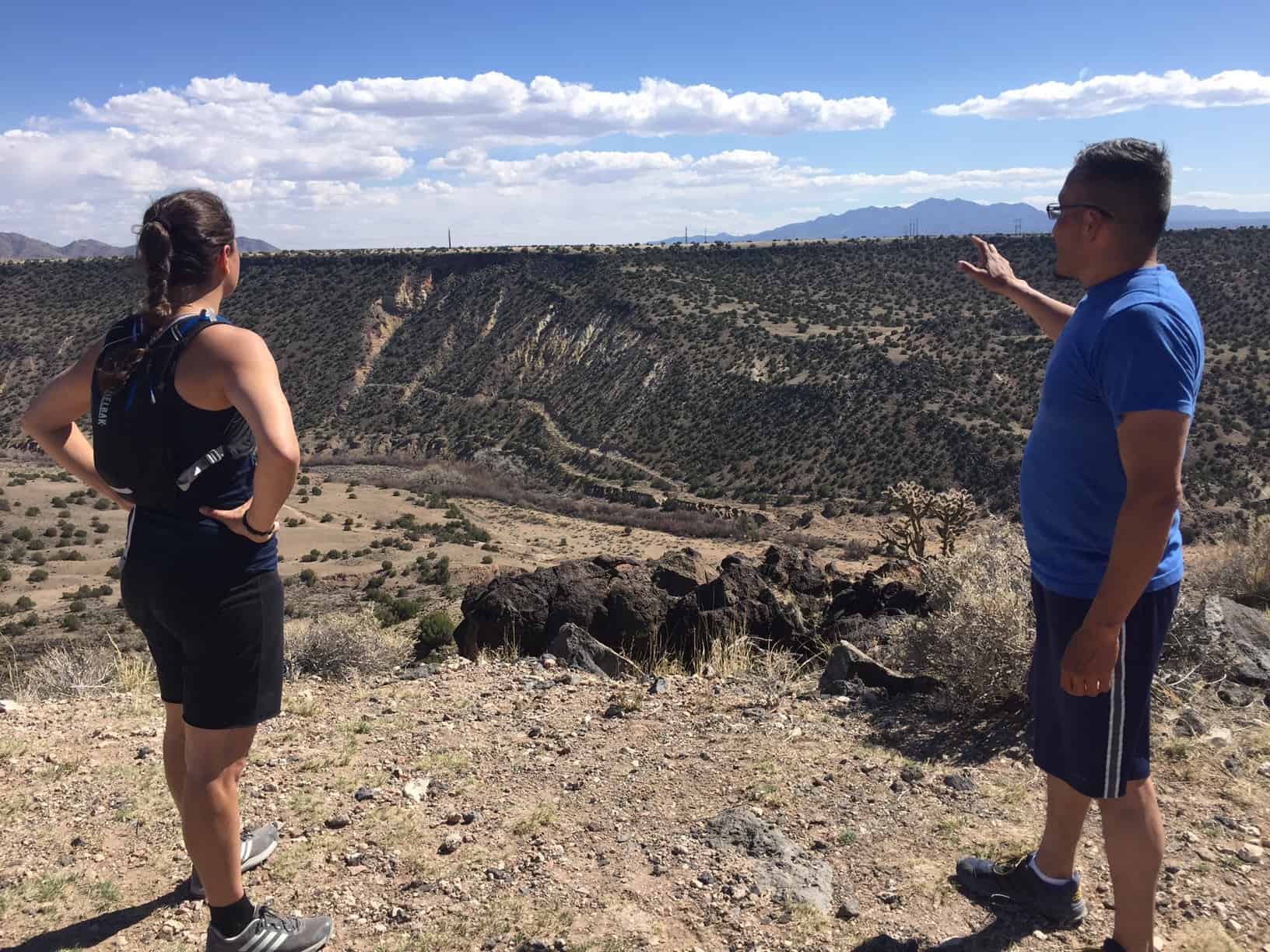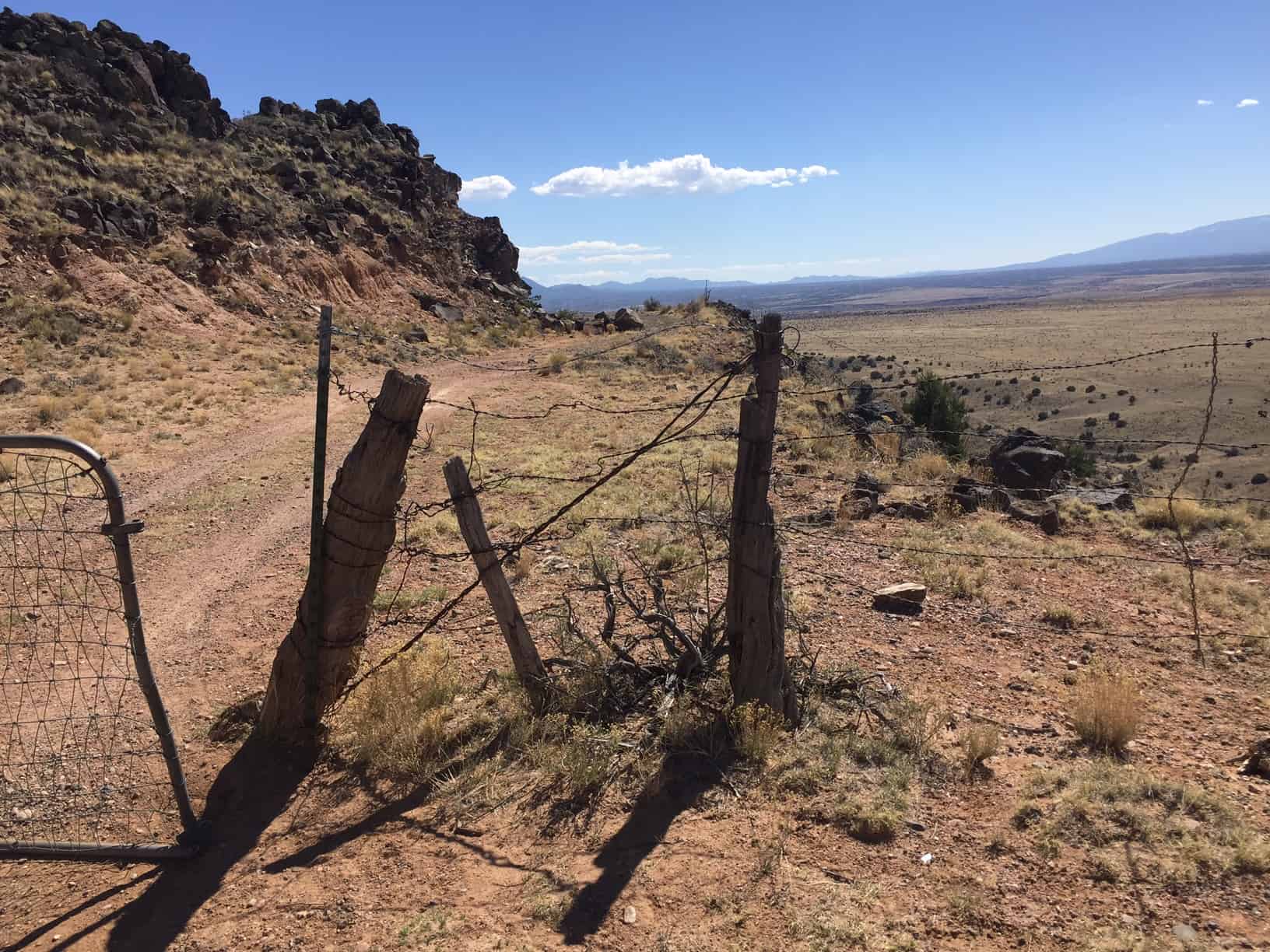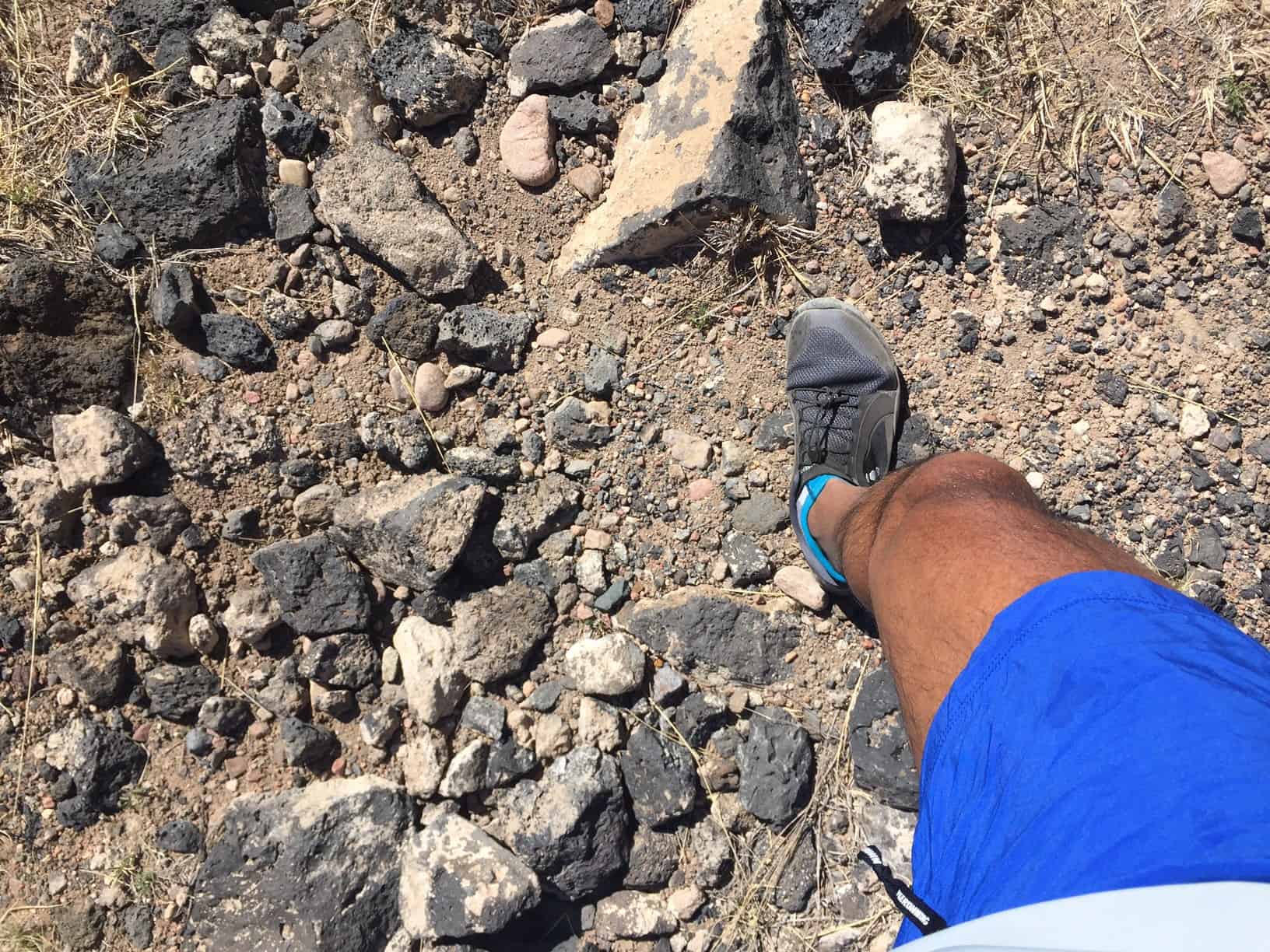The American Southwest is a runner’s mecca.
The American Southwest is a runner’s mecca. It affords the opportunity to run trails at altitude and see nary a soul, even on a 20 mile long run. Major cities have renowned single and double track trails (Camelback in Phoenix, Trail 365 in Albuquerque) but travel just 20 miles out of any major city and there are thousands of miles of true off-road running. The best trails, however, are completely off-limits to visitors.
Living in New York City, I only get the chance to run trails once a week or so. I do get the chance to travel quite a bit though and always bring gear for any possibility. This particular trip out West, I decided to travel minimalist. I received a new pair of Vivo Barefoot shoes rated both for roads and trails. I also snagged a pair of Poptical sunglasses which were perfect for travel. They folded in quarters and fit snugly into a compact hard plastic case. I also swapped out my wallet for an Allett money clip that promised protection from RFID scammers. To round it all off, I slid my iPhone into a Lander Moab all-seasons case which would protect it from both extreme heat and extreme cold. Locked and loaded, I was off to the Southwest.

Take a good look at a Google Maps view of Arizona and New Mexico and you’ll see how much land is under Native American tribal control. These reservations are literally sovereign nations: nations-within-a-nation. Some reservations like the massive Navajo Nation, larger than a number of American states, have accessible, non-restricted graded, unpaved roads. Others like in the Pueblo nations of New Mexico have locked barricades blocking access not only to outsiders but even to members of their own tribes.
Americans have had a history of disrespect (and worse) to Indian country. Not only have we stolen land, harvested resources and destroyed ecosystems, the modern American tourist is wholly ignorant of this history of exploitation and abuse. Many of us see open roads on Indian land and think we have a right to access them. We think of Indian country as public land. But it’s not. It’s sovereign land. It’s theirs not ours.
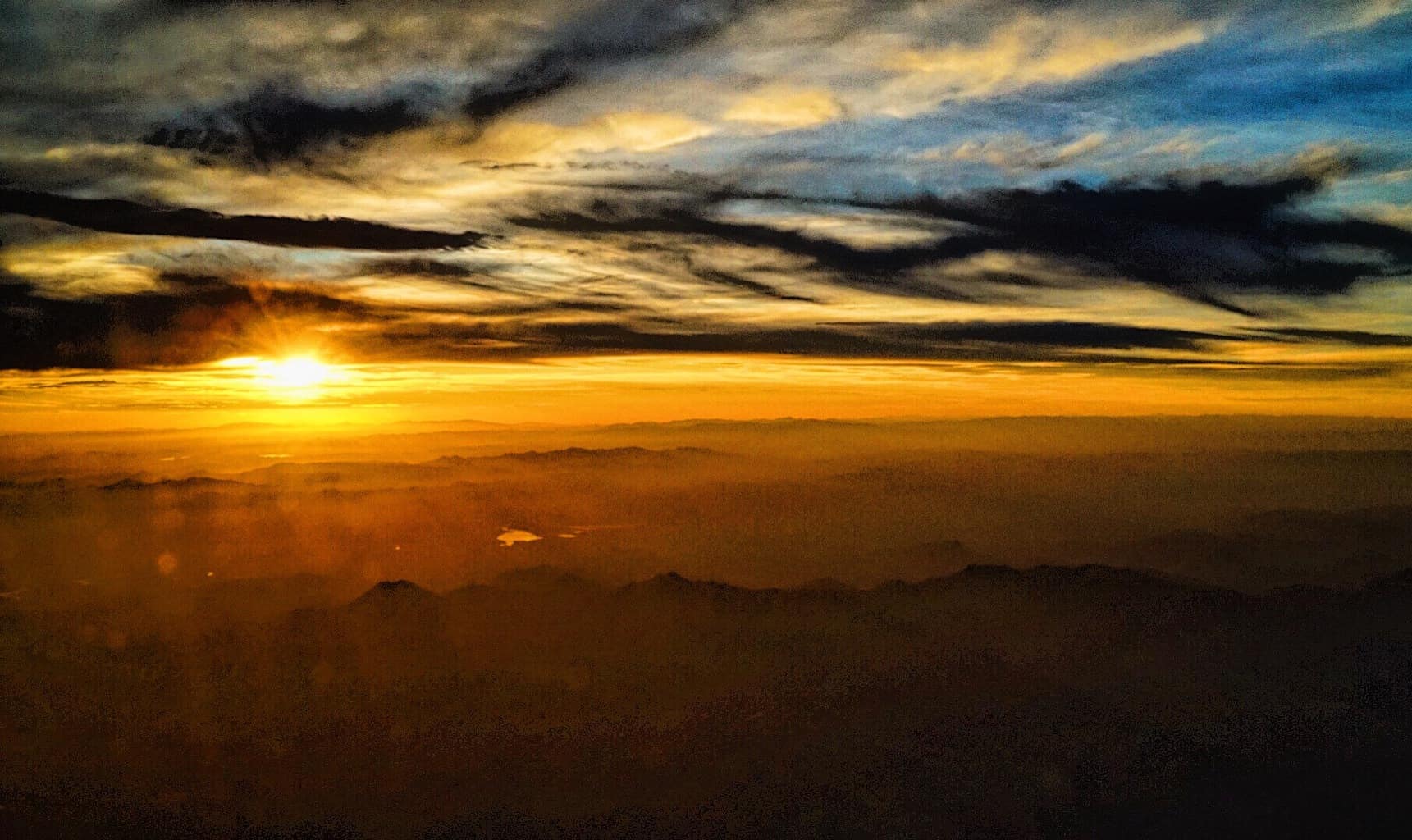
I was in Pueblo territory for 8 days late last month on a development trip for a new documentary on the Native American food system and happened to meet a farmer who was also an ultramarathoner. Jason Romero is an “nth” generation farmer on the Cochiti Pueblo, farming corn in the long shadow of a disastrous American land grab. The Cochiti Dam is one of the largest earthen dams in the world. It was created on the Rio Grande to form a recreational lake for boaters and swimmers. It flooded ancestral Cochiti villages and the seepage destroyed farmland below. Jason’s is only now recovering.
Much of the Pueblo reservation is off limits without permits, even to Pueblo Indians. But as a ranger, Jason regularly inspects the off-road trails for signs of trespassers (we saw telltale signs of Jeeps, likely from a Jeep tour company in Santa Fe which had clipped the barbed wire fence blocking access). And on one of his trips, he brought me along.
We ran past petroglyphs, which outsiders tend to steal, and past shuttered uranium mines, which still possibly leak radioactive effluent into the river systems that hydrate the citizens of Albuquerque. We ran along the old wagon trail that marked Route 66 and could picture the scores of settlers passing thru, all their possessions in tow as they looked out at the mesas and valleys and imagined a different life. Old Route 66 passed right thru Pueblo land and I can only imagine the detritus the locals had to constantly clean as hundreds of thousands of people passed by their long isolated villages.

The Vivo shoes performed admirably. They tackled rocks, roads, boulders and streams with aplomb. I usually have trouble in the Southwest because I move from Alpine to desert environs. My iPhone invariably conks out in one of those extremes. With the Lander case, not this time! The Popticals were so sleek and easy to carry that I’m itching for more pairs. And the Allett wallet, with an ID window, made airport check ins smooth and safe.
Jason gave me an incredible opportunity to run on trails his people have used for thousands of years. And running off-road is always welcome, but add off-limits to off-road and the sense of adventure was made palpable.

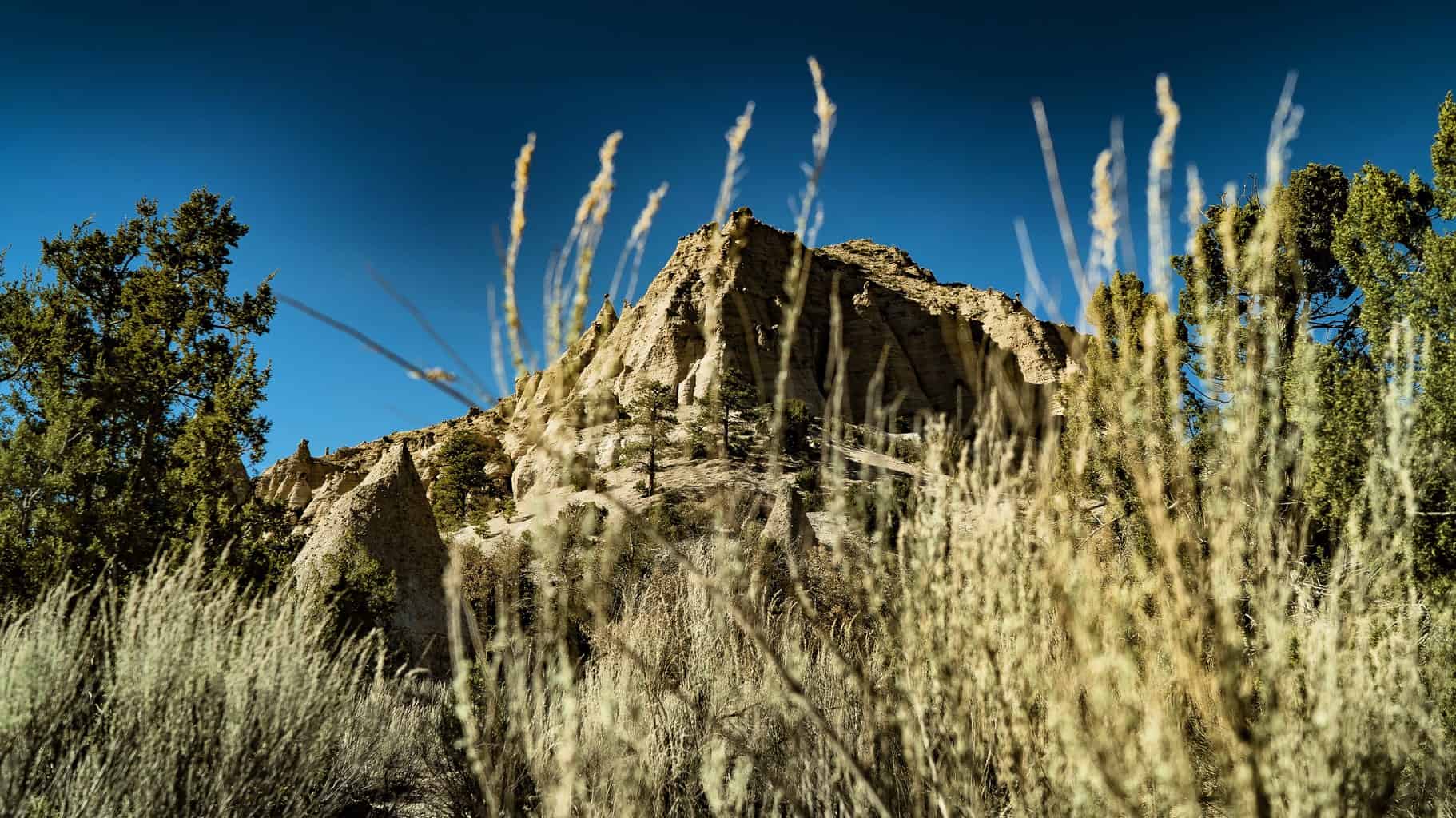
More Stories from the Pueblo Territory adventures coming soon by Sanjay Rawal
Check out and support – Sanjay’s new film in post-production! 3100 Run and Become. A New Film on Running + Ultramarathons This is a first-of-its-kind documentary spanning the Self-Transcendence 3100 Miler, the Navajo, Bushmen and Japanese Marathon Monks.

